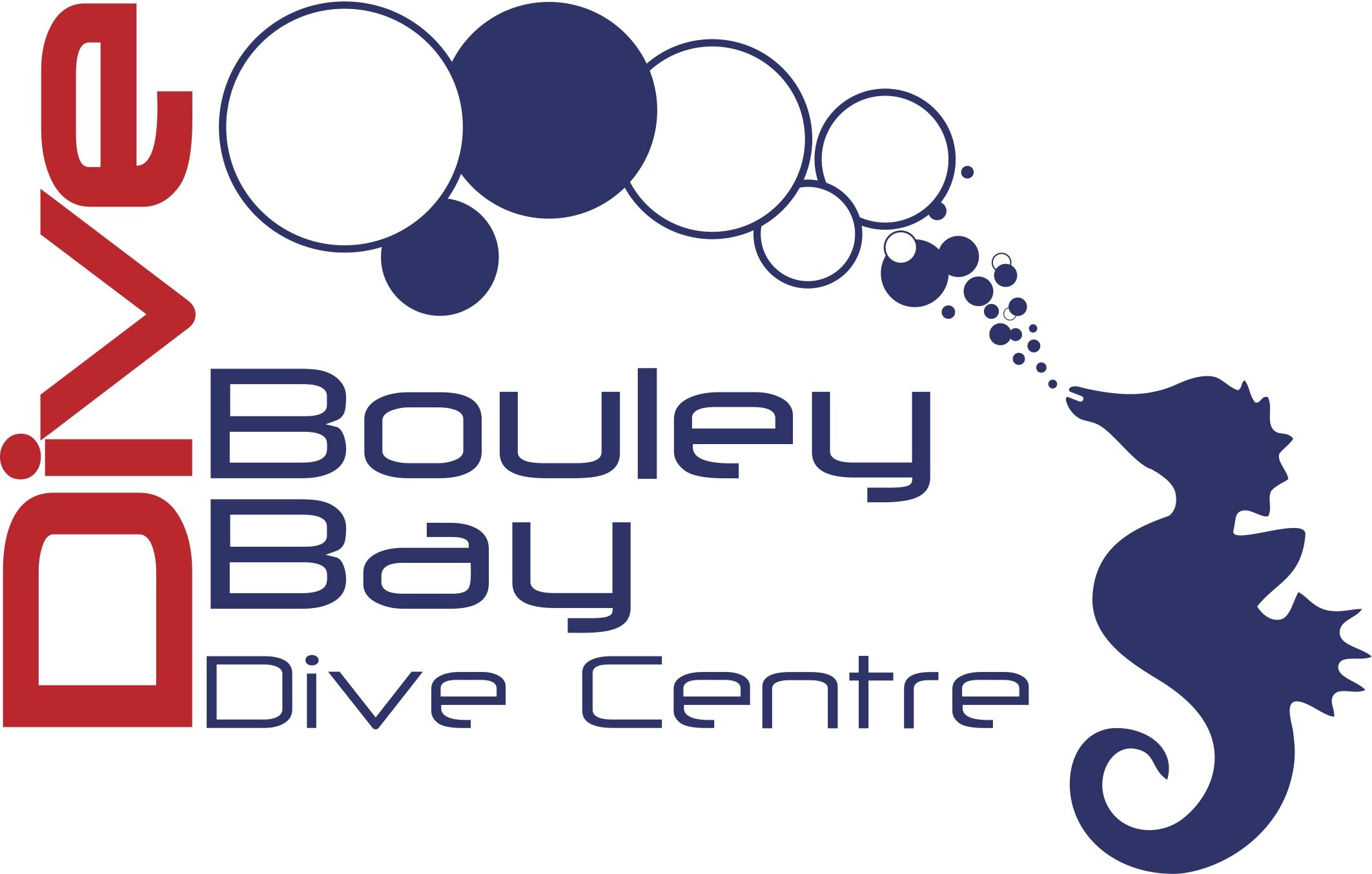Acronym buster
In diving we tend to have a lot of acronyms, love them or hate them they are an important part of diver training. Here I’ll cover a few of the most important ones.
BWRAF:
This one should come before we enter the water on every dive. It is the sequence for our pre-dive safety check. There are so many recall phrases to help remember it “Burger With Relish And Fries” “Being Wary Reduces All Failures” “Bruce Willis Ruins All Films” “Blue Whales Really Aren’t Fish”. It’s one of the first things you learn in the Open Water Diver course.
B = Buoyancy, check your BCD (and drysuit if applicable) inflates and deflates properly.
W = Weights, are they on? How do they release, tell your team and note each other’s.
R = Releases, are they all fastened? How do they open? Note each other’s and check your cylinder band is tight.
A = Air, check your air is on, your gauge is secured out of the way, breathe from your reg and check the alternate is working and stored in the area between your chin and corners of your ribcage.
F = Final OK, make sure you have your fins, mask, computer and anything else you need for the dive.
SORTED:
Use this one to get ‘SORTED’ each descent.
S = Signal, so that everyone on the team is on the same page and ready to descend. Give the ‘down’ signal.
O = Orientate, look below to check its clear, look at your team and be nice and close. Look for your descent line if applicable.
R = Regulator, switch from your snorkel to your regulator.
T = Time, in the past you’d set your watch bezel but now you should check that your dive computer is activated.
E = Elevate your BCD hose.
D = Descend, release the air from your BCD lean forward and down you go.
STELA:
‘Lets finish the dive and have a Stella’. Use this to begin each ascent.
S = Signal, give the ‘UP’ signal to your team.
T = Time, check your dive computer make sure you’ve not overstayed your no decompression limit. Get ready to monitor your ascent rate.
E = Elevate, elevate your BCD hose ready to control your ascent.
L = Look, look up to check the way is clear.
A = Slowly ascend, releasing small amounts of air from your BCD as you go.
SEA:
In the PADI Underwater Photography course, we use the SEA method to fine tune our photos.
S = Shoot, take a photo or video clip.
E = Examine, look at the image on the camera screen, checking the composition, sharpness and exposure. Zoom in to check the details.
A = Adjust, change your settings and/or composition to correct.
VENTID:
In the PADI Enriched Air course, you learn about oxygen toxicity and how to avoid it. This one recalls the symptoms that may precede this rare event.
V = Visual disturbances, like tunnel vision.
E = Ear ringing.
N = Nausea.
T = Twitching.
I = Irritability.
D = Dizziness
NO TOX:
When technical diving you may switch to a high oxygen nitrox mix for the decompression phase to accelerate your decompression. You must use this acronym to avoid a situation where you are breathing the wrong mix at the wrong time. You practice this drill right from the start at Tec 40.
N = Note your current depth.
O = Observe the maximum operating depth of the mix you want to switch to.
T = Turn on the cylinder.
O = Orient the 2nd stage ready to switch.
X = eXamine, confirm with your team that the gas you are about to switch to is safe at this depth. Then finally switch regulators.
SAMPLE
In the Emergency First Response first aid course section, you use SAMPLE to collect information during an illness assessment.
S = Signs and Symptoms, a sign is something you observe like pulse rate, colour, and temperature. A symptom is something a patient tells you like pain.
A = Allergies, does the patient have any allergies? If so have they been exposed to their allergen?
M = Medications, do they take any medication?
P = Preexisting medical conditions, do they suffer from any medical conditions like diabetes, heart disease or asthma?
L = Last meal, when and what did they last eat food and drink water or alcohol.
E = Events, what were they doing when they began to feel unwell? And any other information you can gather.
Now you are familiar with some of the acronyms we use in diving! Make sure to subscribe to the blog for more useful content.






